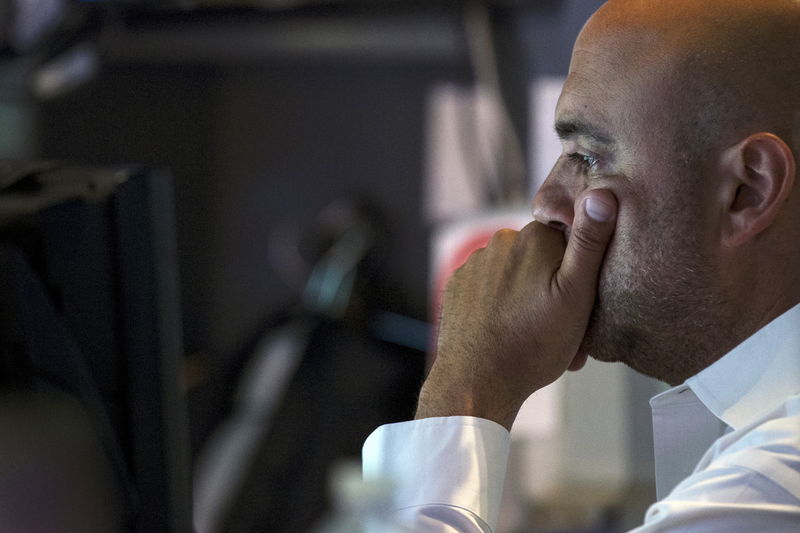After delivering a 5,000% return to shareholders over 20 years, Brookfield Asset Management Inc (TSX:BAM.A)(NYSE:BAM) has gained a cult following in the market. Many of my Fool colleagues now consider this the quintessential “forever” stock that deserves a spot on every long-term investor’s portfolio.
I don’t disagree. Brookfield’s track record and balance sheet speak for themselves. However, even the best investment opportunity can be ruined by entering at the wrong price. Paying too much for an overvalued stock is never a good idea regardless of the long-term prospects or fundamentals.
With that in mind, here are three ways that Canadian investors can measure the value of Brookfield’s stock and attempt an entry at optimal prices:
Dividend discount Perhaps the best way to measure the intrinsic value of any dividend stock is to use the dividend as a proxy for free cash flow and discount it back to present value.
The traditional dividend discount models equate a stock’s intrinsic value with the sum of all its future dividends adjusted for growth and required return expectations.
Given the fact that Brookfield has been paying a dividend for several years makes the dividend discount model an appropriate valuation tool.
Brookfield’s dividend yield isn’t higher than average, but its payout history is more consistent than that of most Canadian stocks. Dividends have been ongoing since at least 2012 and the quarterly payout amount (in Canadian dollars) has compounded at a rate of 5.4% since then. Currently, the stock yields just 1.3% with an annual payout of $0.87 per share.
Assuming that future growth is just 5% compounded every year and the required rate of return is 6%, the stock’s intrinsic value is $91.35, which implies that the stock is undervalued by nearly 31.5%.
Ratio comparison Comparing ratios is another simple way to measure a stock’s relative value. In my view, Brookfield’s closest peer is The Blackstone (NYSE:BX) Group. Although the market capitalization of the two companies is nearly identical, Blackstone is arguably the leader in this industry.
Blackstone’s trailing price-to-earnings (PE) and price-to-book (PB) ratios are higher than Brookfield’s. While Brookfield trades at a PE ratio of 14 and PB ratio of 1.68, Blackstone trades at 16 and 4, respectively. However, Brookfield has higher debt ($1.2 for every dollar in equity) and lower return on equity (7.66%) than its rival.
Fundamental valuation Brookfield’s preferred performance metric seems to be funds from operations, which was reportedly US$4.3 billion for the trailing 12-month period. This amount is nearly flat year over year.
Meanwhile, the company’s stock price is 10 times higher than the trailing FFO amount.
Considering the lack of growth in FFO over the past year and the 7.66% return on equity, Brookfield seems overvalued when the price-to-FFO is adjusted for growth.
Bottom line Brookfield’s stock seems undervalued based on a dividend discount model — fairly valued when compared to Blackstone and overvalued when considering growth rates.
None of the three valuation methods mentioned here are perfect. All of them rely on imperfect data and individual assumptions. Even the interpretation of similar results relies on the investor’s notion of fair value.
Nevertheless, I believe every savvy long-term investor needs to pick at least one of these three tools to appropriately value and optimize their investments in this cult stock.
Fool contributor Vishesh Raisinghani has no position in any stocks mentioned. The Motley Fool owns shares of Brookfield Asset Management and BROOKFIELD ASSET MANAGEMENT INC. CL.A LV.
The Motley Fool’s purpose is to help the world invest, better. Click here now for your free subscription to Take Stock, The Motley Fool Canada’s free investing newsletter. Packed with stock ideas and investing advice, it is essential reading for anyone looking to build and grow their wealth in the years ahead. Motley Fool Canada 2019
